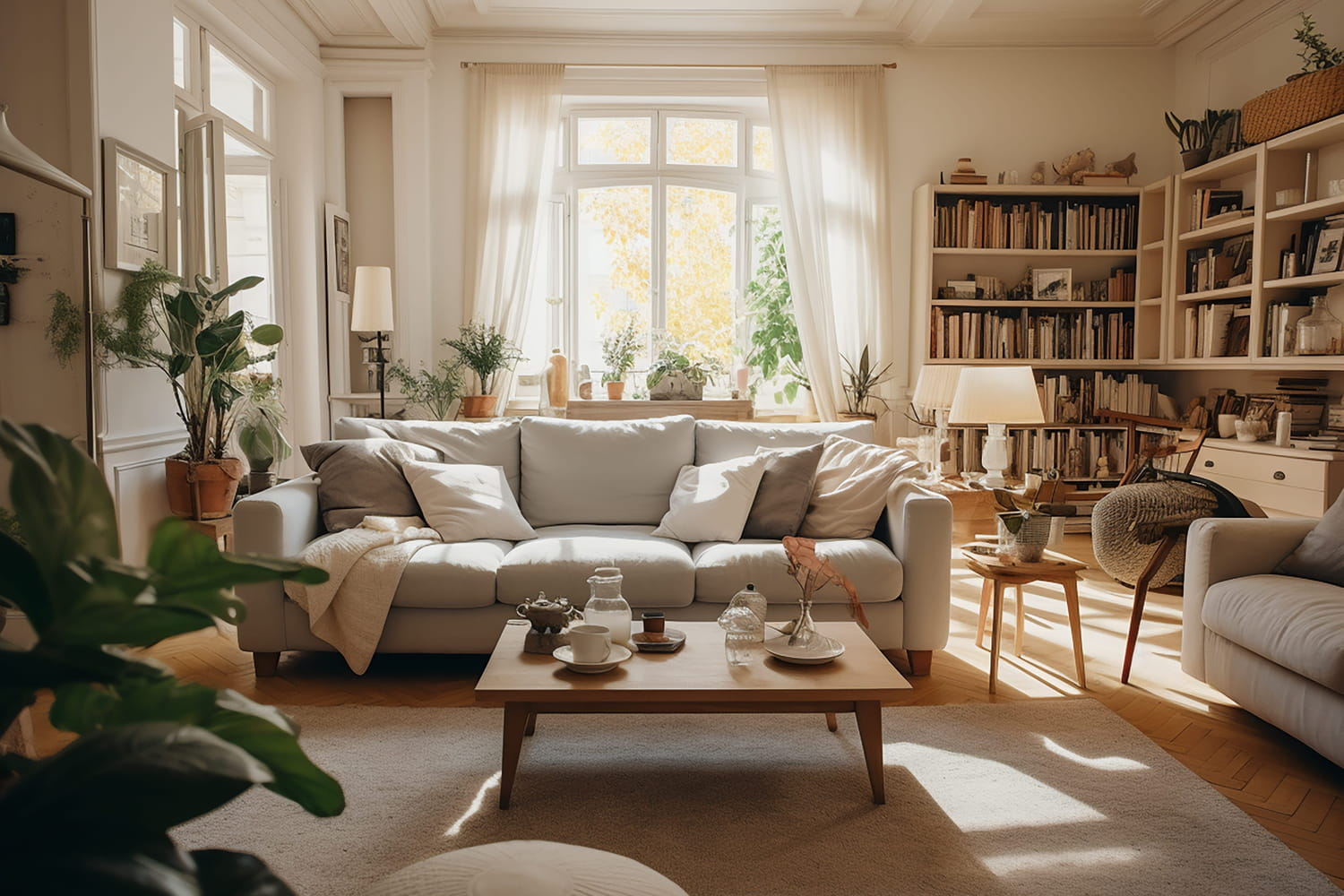The fog appears (too) easily in your home? Identify the problems that this can pose in your interior, and discover our tips to fight against condensation at home.
Too much fog on the windows? Condensation on the walls? Here are signs that show a humidity problem. It is therefore better to do what is necessary to get rid of condensation in the house.
What is condensation?
We all see roughly what condensation is, but how to explain it concretely? It is actually the result of the meeting between the indoor air loaded with water vapor and a cold wall like a window or a poorly insulated wall. The air then forms droplets to restore the water vapor it contains. This phenomenon is more common during winter, when the temperature difference between the interior and the exterior is more important.
This quantity of water vapor can indeed increase quickly if several people share your home: a family of four can thus generate up to 12 liters of water per daybetween simple breathing and perspiration of each, and the different activities of the day (shower, detergent, kitchen, etc.).
There condensation regular can in the long run generate problems in your interior, including the presence of mold : black spots, green brown but also sometimes orange -yellow, are then noticed on the joints in the kitchen and the bathroom, on the shower curtain, on the plinths, around the windows on the windows and even on the walls. It is absolutely necessary to eliminate them because they could cause respiratory allergic reactions, especially in the most fragile people (baby and the elderly).
What are the tips for fighting condensation?
- Install a Hygrometer thermometer. You can first buy this type of device that will allow you to control the humidity in your home more effectively. Know thatAn ideal rate is between 40 % and 60 %.
- Also heat enough in the rooms where condensation is the most important to combat humidity.
- Air every day each room in the house By opening the windows large for at least 15 minutes, even – and above all – winter. Also leave the different interior doors open to circulate the air and open the curtains possibly present so that the fog disappears quickly.
- Get the ventilation grilles regularly to prevent them from dusting and for ventilation is carried out more effectively. If you can, Install a VMC (Controlled mechanical ventilation) which will renew the ambient air.
- A humidity absorber or a dehumidifier Can prove to be useful allies in particularly humid rooms, and details like shorter showers or plants that absorb humidity will not do any harm either!
It is the one that is most easily seen: the window on a window Quickly appears in a damp room such as the bathroom, or in the kitchen, as soon as you heat water and food. But it is not uncommon to also see the condensation Train on the window of a bedroom, or even the living room.
If you notice that condensation presents itself only on the Exterior part of the windowthat’s a good sign: your window does its insulation work. If the condensation presents itself on the inner partthis means that air is not sufficiently ventilated in your home and that it is necessary to remedy it. To limit condensation on the windows you can also deposit a little dishwashing liquid on a dry cloth and rub the surface.
You can also change single glazing windows for double glazed windows which will offer better protection against exterior cold air and therefore against condensation at your place. This investment is a significant cost and if your finances allow it, know that there are aid for the energy renovation of a housing.
What to do in case of condensation on the walls?
As with windows, winter temperatures can cool the walls that overlook your home, and then condense the hotter air circulating at home. This can cause problems of Degradation of equipment With molds that appear on wallpaper or the woods of the plinths. The insulation could certainly be improved but if these large -scale work is not on the agenda, put in place easier solutions that should quickly make the difference.
Remember to regularly dust the walls to prevent humidity from being retained. Air the room as regularly as possible and equip yourself with a dehumidifier if the problem persists.









